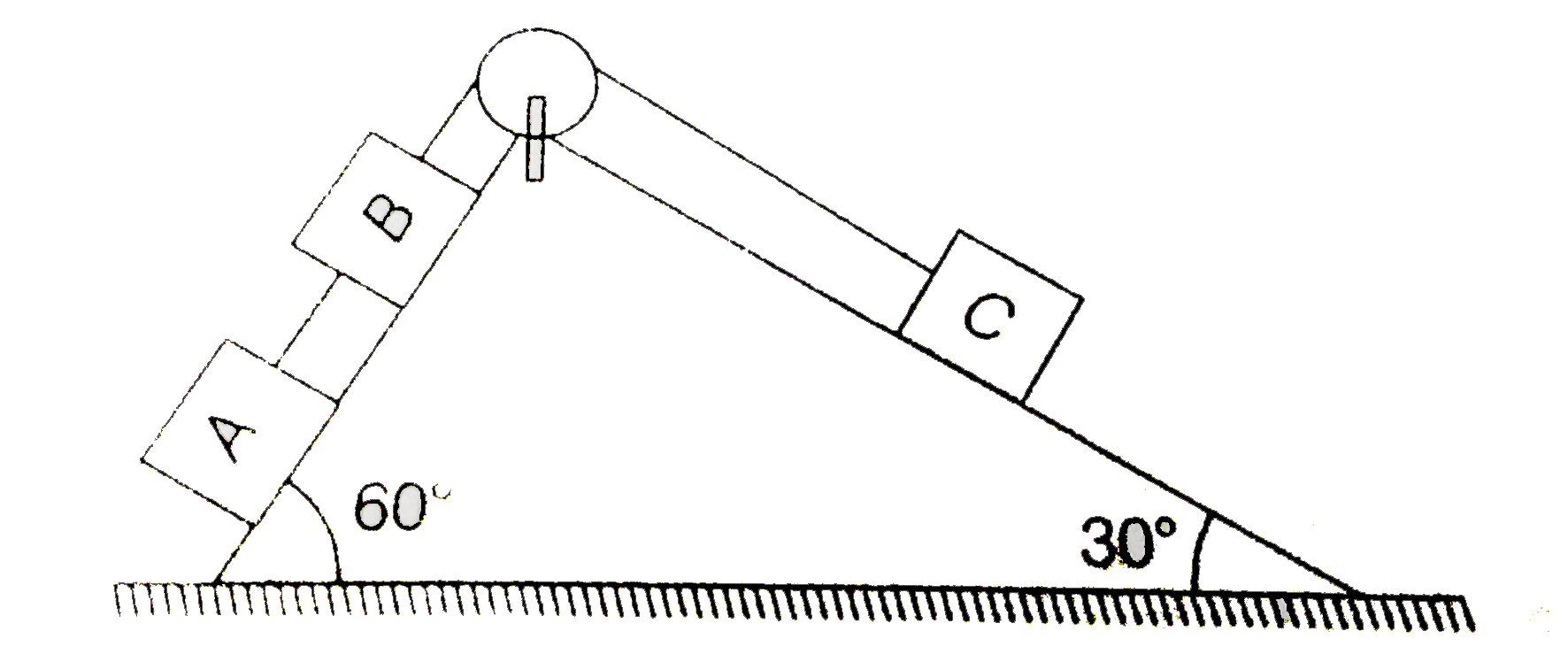A person purchases 1 kg of tomatoes from each of the 4 places at the rate of 1 kg, 2 kg, 3 kg, 4 kg per rupee respectively. On an average, he has purchased x kg of tomatoes per rupee. Then the value of x is (a) 1.92 (b) 2 (c) 2.5 (d) None of these
2
25
1.92
none of these
The correct Answer is:C
To solve the problem, we will use the concept of the harmonic mean since we are dealing with rates (kg per rupee). Here’s the step-by-step solution:
Step 1: Identify the rates
The rates at which tomatoes are purchased from the four places are:
- Place 1: 1 kg per rupee
- Place 2: 2 kg per rupee
- Place 3: 3 kg per rupee
- Place 4: 4 kg per rupee
Step 2: Set up the formula for harmonic mean
The formula for the harmonic mean (HM) of n observations is given by:
HM=n1x1+1x2+1x3+1x4
where x1,x2,x3,x4 are the rates of tomatoes per rupee.
Step 3: Calculate the harmonic mean
Here, n=4 (the number of places). The rates are:
- x1=1
- x2=2
- x3=3
- x4=4
Now substituting these values into the formula:
HM=411+12+13+14
Step 4: Calculate the sum of the reciprocals
Calculating the sum of the reciprocals:
11=1,12=0.5,13≈0.333,14=0.25
Adding these together:
1+0.5+0.333+0.25=2.083
Step 5: Substitute back into the harmonic mean formula
Now substituting back into the harmonic mean formula:
HM=42.083≈1.92
Step 6: Conclusion
Thus, the average amount of tomatoes purchased per rupee, x, is approximately 1.92 kg per rupee.
Final Answer
The value of x is (a) 1.92.
---
The rates at which tomatoes are purchased from the four places are:
- Place 1: 1 kg per rupee
- Place 2: 2 kg per rupee
- Place 3: 3 kg per rupee
- Place 4: 4 kg per rupee
The formula for the harmonic mean (HM) of n observations is given by:
HM=n1x1+1x2+1x3+1x4
where x1,x2,x3,x4 are the rates of tomatoes per rupee.
Here, n=4 (the number of places). The rates are:
- x1=1
- x2=2
- x3=3
- x4=4
HM=411+12+13+14
Calculating the sum of the reciprocals:
11=1,12=0.5,13≈0.333,14=0.25
Adding these together:
1+0.5+0.333+0.25=2.083
Now substituting back into the harmonic mean formula:
HM=42.083≈1.92
Thus, the average amount of tomatoes purchased per rupee, x, is approximately 1.92 kg per rupee.
The value of x is (a) 1.92.
Topper's Solved these Questions
- MEASURES OF CENTRAL TENDENCYBOOK - OBJECTIVE RD SHARMA ENGLISHCHAPTER - MEASURES OF CENTRAL TENDENCYEXERCISE - Exercise
40 Videos
- MEASURES OF CENTRAL TENDENCYBOOK - OBJECTIVE RD SHARMA ENGLISHCHAPTER - MEASURES OF CENTRAL TENDENCYEXERCISE - Chapter Test
21 Videos
- MEASURES OF CENTRAL TENDENCYBOOK - OBJECTIVE RD SHARMA ENGLISHCHAPTER - MEASURES OF CENTRAL TENDENCYEXERCISE - Chapter Test
21 Videos
- MAXIMA AND MINIMA BOOK - OBJECTIVE RD SHARMA ENGLISHCHAPTER - MAXIMA AND MINIMA EXERCISE - Chapter Test
29 Videos
- MISCELLANEOUS EQUATIONS AND INEQUATIONS BOOK - OBJECTIVE RD SHARMA ENGLISHCHAPTER - MISCELLANEOUS EQUATIONS AND INEQUATIONS EXERCISE - Chapter Test
29 Videos
Similar Questions
Knowledge Check
Three particles of masses 1kg,32kg,and2kg are located the vertices of an equilateral triangle of side a. The x,y coordinates of the centre of mass are.
Aa. 5a9,2a3√3Bb. 2a3√3,5a9Cc. 5a9,2a√3Dd. 2a√3,5a9
In the adjacent figure, mass of A, B and C are 1 kg , 3 kg and 2 kg, respectively. Find

(a) the acceleration of the system, and
(b) tensions in the string .
Neglect friction. (g=10ms−2)
View SolutionIn the adjacent figure, mass of A, B and C are 1 kg , 3 kg and 2 kg, respectively. Find

(a) the acceleration of the system, and
(b) tensions in the string .
Neglect friction. (g=10ms−2)
View SolutionIn the adjacent figure, mass of A, B and C are 1 kg , 3 kg and 2 kg, respectively. Find

(a) the acceleration of the system, and
(b) tensions in the string .
Neglect friction. (g=10ms−2)
View SolutionThe weights of three packets are 234 kg, 313 kg and 525 kg. Find the total weight of all the three packets.
View SolutionThree point masses of 1kg, 2kg and 3kg lie at (0,0), (1,2), (3,−1) respectively. Calculate the coordinates of the centre of mass of the system.
View SolutionThree point masses of 1kg, 2kg and 3kg lie at (0,0), (1,2), (3,−1) respectively. Calculate the coordinates of the centre of mass of the system.
View SolutionTwo bodies of masses 0.5 kg and 1 kg are lying in the X-Y plane at points (-1, 2) and (3, 4) respectively. Locate the centre of mass of the system.
View Solution